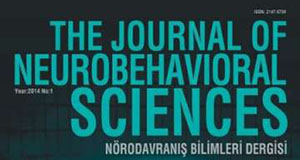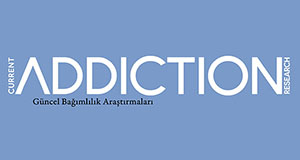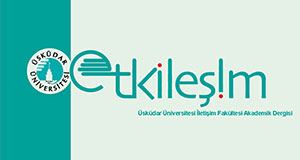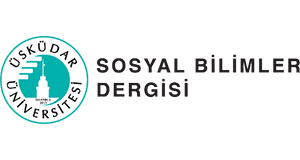
Major depressive illness remains a leading worldwide contributor to disability despite the growing availability of medications and psychotherapies (1). The persistent morbidity is partly due to the difficulty of treatment selection.An adequate “dose” of cognitive-behavioral therapy for depression is 10– 12 weeks (2). An antidepressant or augmentation medication trial requires at least 4 weeks at an adequate dosage (2). Patients may spend months to years searching through options before responding to treatment (3). Knowing sooner whether a treatment will be effective could increase the speed and possibly the rate of overall treatment response.The high potential value of treatment prediction biomarkers has spurred extensive research. Unfortunately, it has also encouraged commercial ventures that market predictive tests to both patients and physicians, often without the support of evidence of clinical efficacy (4). Inappropriate use of invalid “predictive” tests could easily increase healthcare costs without benefiting patients (5).
Predictive biomarker research emphasizes pretreatment and“treatment-emergent”biomarkers.Treatment-emergent markers are physiologic changes that precede and predict theresponsetoeffectivetreatment.Theymayrepresentphysiologic processes mediating the clinical response, whereas pretreatment markers may represent moderating factors. If we could confidently predict a treatment’s ef ficacy or nonefficacy 1–2 weeks into a treatment trial, we could move much more quickly through clinical decision trees. For novel therapies such as brain stimulation, treatment-emergent markers could also guide “closed-loop” treatment, where an aspect of the stimulation is titrated in direct response to the physiologic marker (6, 7).




